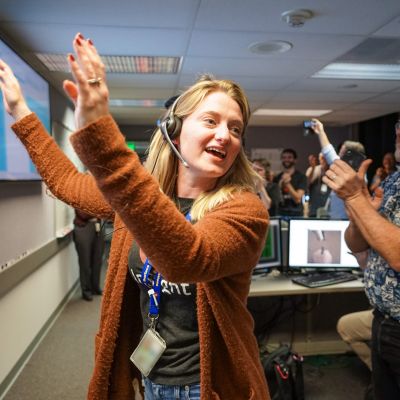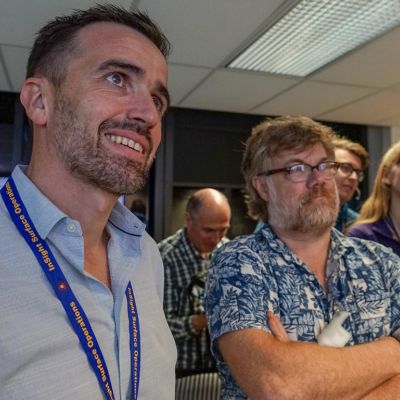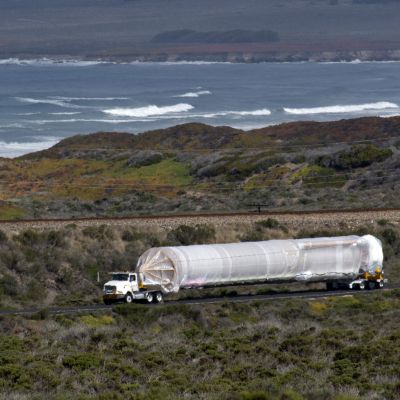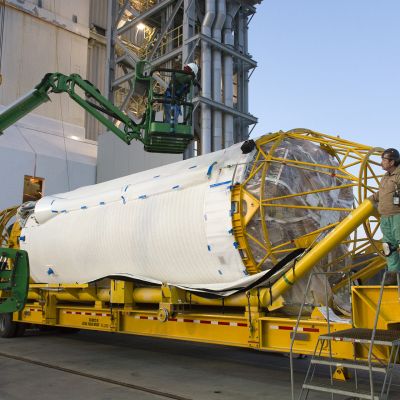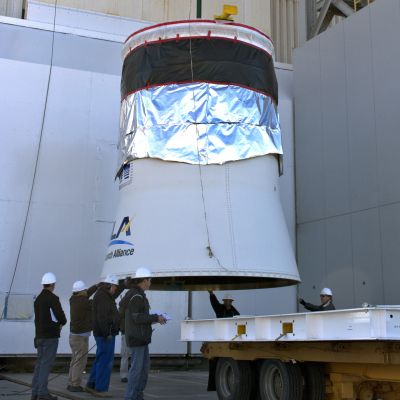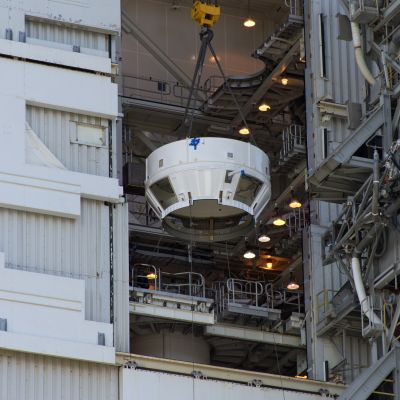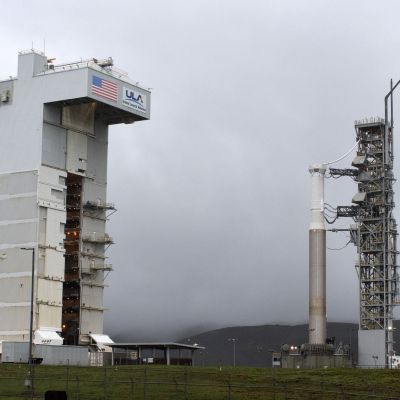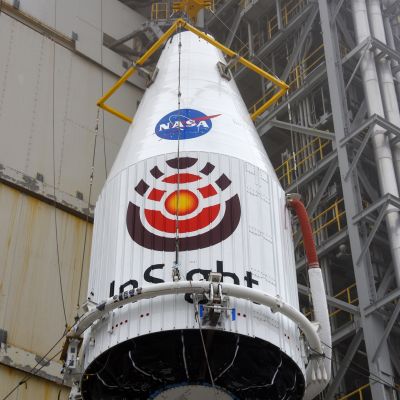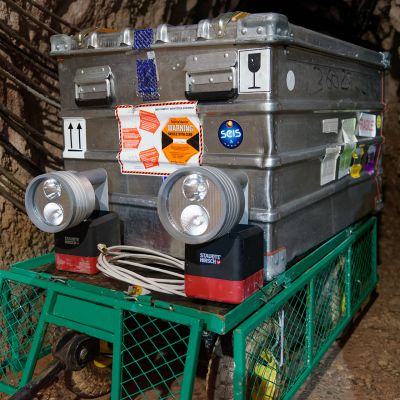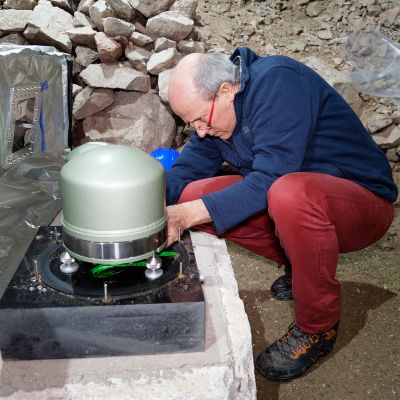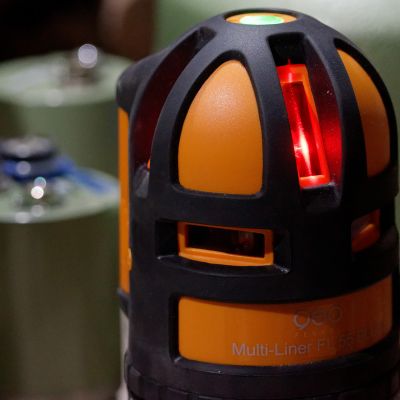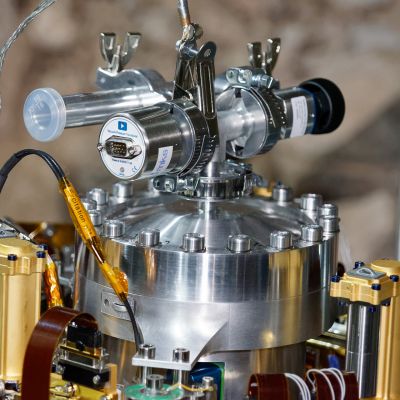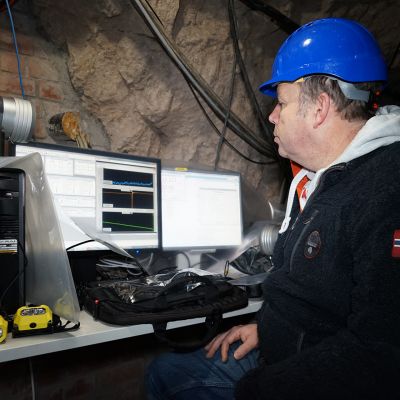SEIS - Release of the Mars Seismic Catalogue, version 14
The Marquakes Service has released the version 14 of the Mars Seismic Catalogue that includes Martian seismic events up to April, 1th 2023.
Print
SEIS - Data release #16
This new data release (#16) includes raw and calibrated data from October 1, 2022 to December 31
Print
SEIS - Data release #15
This new data release (#15) includes raw and calibrated data from July 1, 2022 to September 30, 2022
Print
SEIS - Release of the Mars Seismic Catalogue, version 13
The Marquakes Service has released the version 13 of the Mars Seismic Catalogue that includes Martian seismic events up to September 30, 2022/Sol 1367.
Print
SEIS - New release of the Mars Seismic Catalogue
The Marquakes Service has released the version 12 of the Mars Seismic Catalogue that includes Martian seismic events up to June 30, 2022/Sol 1277.
Print
SEIS - New release of the Mars Seismic Catalogue
The Marquakes Service has released the version 11 of the Mars Seismic Catalogue that includes Martian seismic events up to March 31, 2022/Sol 1189.
Print
SEIS - New data release (January to March 2022)
This new data release (n° 13) from SEIS includes raw and calibrated data from January 1, 2022 to March 31, 2022
Print
SEIS - New release of the Mars Seismic Catalogue
The Marquakes Service has released a new version (10) of the Mars Seismic Catalogue that includes Martian seismic events up to December 31, 2021 / Sol 1101.
Print
SEIS - New data release (October to December 2021)
This new data release (n° 12) from SEIS includes raw and calibrated data from October 1, 2021 to December 31, 2021
Print
SEIS - New release of the Mars Seismic Catalogue
The Marquakes Service has released a new version (9) of the Mars Seismic Catalogue that includes Martian seismic events up to September 30, 2021 / Sol 1011.
Print
SEIS - New data release (April to June 2021)
This new data release (n° 10) from SEIS includes raw and calibrated data from April 1, 2021 to June 30, 2021
Print
SEIS - New data release (January to March 2021)
This new data release (n° 9) from SEIS includes raw and calibrated data from January 1, 2021 to March 31, 2021
Print
SEIS - New data release (October, November and December 2020)
This new data release (n° 8) from SEIS includes raw and calibrated data from October 13, 2020 to December 31 , 2020.
The first data with the SEIS LOBT (Local On-Board Time) has been released. The LOBT is added to the header of each miniseed record using the blockette 500 (Timing). The process to add this information to all SEIS data is in progress.
More information through:
Print
NASA and CNES extend insight mission and french SEIS seismometer operations on Mars
NASA has extended its InSight mission on Mars for two years, running through December 2022, with a high level of funding from NASA and from CNES for the French (SEIS seismometer) and international contributions it is coordinating.
Read the press release on the CNES website.
Print
SEIS - New data release (July, August, September and October 2020)
This new data release (n° 7) from SEIS includes raw and calibrated data from from July 1 through October 12, 2020.
Print
SEIS - New data release (April, May and June, 2020)
This new data release (n° 6) from SEIS includes raw and calibrated data from from April 1 through June 30, 2020.
Print
SEIS - New data release
This new data release (n° 5) from SEIS includes raw and calibrated data from from January 1 through March 31, 2020.
Print
SEIS - New data release
This new data release (n° 4) from SEIS includes raw and calibrated data from October 1st, 2019 to December 31, 2019. The Mars Seismic Catalogue provided by the Marsquake service (MQS) has also been updated.
Last updated : 8 april 2020
Print
SEIS on Mars: a review following publication of the first results
SEIS, the first broadband seismometer on Mars, has been patiently listening to the Red Planet’s activities day in, day out for almost one year now. Following the InSight lander’s touchdown on Elysium Planitia on 26 November 2018 and the seismometer’s deployment on the Martian surface between December 2018 and February 2019, the instrument has detected over 300 events and provided planetary scientists with numerous results. Forty-four years after the Viking probes’ first heroic attempt, SEIS has just allowed a new planetary discipline—Martian seismology—to finally see the light of day.
Continue Reading
Print
SEIS - New data release
This new data release (n° 3) from SEIS includes raw and calibrated data from July 1st, 2019 to September 30, 2019 and, for the first time, the Mars Seismic Catalogue provided by the Marsquake service (MQS).
Print
The SEIS seismometer’s commissioning on Mars
The SEIS seismometer’s commissioning period, which began once the wind and thermal shield (WTS) had been placed in position on Saturday 2 February 2019, ended on 5 April 2019. During this period, several crucial operations were successfully carried out on the seismic sensors, and especially the VBB pendulums.
Continue Reading
Print
Deployment of the first seismometer on the Martian surface by the InSight lander (part III)
In the first two parts of this series of articles on the deployment of the SEIS seismometer on Mars, we saw first the instrument’s levelling, then the centring of the VBB pendulums, and finally the different steps needed to correctly deploy the ribbon cable (tether) that connects the seismometer to the InSight lander. This third and final part focuses on the critical positioning of the wind and thermal shield (WTS), which was successfully completed on 2 February 2019 during sol 66.
Continue Reading
Print
Deployment of the first seismometer on the Martian surface by the InSight lander (part II)
The first part of this series of articles on the deployment of SEIS on Mars covered the instrument’s levelling, the centring of the VBB pendulums, and the first steps needed to correctly install the ribbon cable (tether) that connects the seismometer to the InSight lander. This second part focuses on the optimized deployment of the tether, which was far from easy considering it was done via a robot on a different planet! Before focusing on this key operation, however, let us finish looking at the end of the levelling operations.
Continue Reading
Print
The historic night when SEIS was set down on Mars
On the evening of 19 December 2018, NASA’s InSight lander marked the history of space exploration by becoming the first interplanetary exploration spacecraft ever to have placed a scientific instrument on the surface of another planet using its robotic instrument deployment arm (IDA).
Continue Reading
Print
Deployment of the first seismometer on the Martian surface by the InSight lander (part I)
Following the successful positioning of the SEIS seismometer on InSight’s landing site on 19 December 2018, mission engineers and scientists completed several key steps in this exceptional instrument’s commissioning process. Whether on Earth or Mars, the quality of a seismometer’s installation is crucial for it to operate at its best. On the Red Planet, however, operations have to be carried out remotely by robotic devices, which requires a combination of great expertise, care and... as you will see, a good dose of patience!
Continue Reading
Print
The SEIS seismometer is fitted with a solar compass to find the geographic north
Despite the incredible complexity of Martian probes that have landed on Mars, it is by no means easy to find the Red Planet’s geographic north! To obtain the accuracy required of SEIS during its operation, seismologists need to know exactly where it is located and which direction it is facing following its deployment on the Martian soil by InSight’s robotic arm, the IDA, on 19 December 2018. However, a conventional compass is useless on Mars.
Continue Reading
Print
The InSight lander successfully places the SEIS seismometer on the Martian surface
NASA has succeeded in setting down on Mars the InSight probe’s seismometer. This is the first time in the history of spaceflight that an instrument has been deployed by a robotic arm (IDA) on the surface of another planet. The success of what is a critical step for the rest of the mission is the result of years of unrelenting technical efforts by US, French and European teams.
Continue Reading
Print
InSight instrument deployment area replicated on Earth
Shortly after landing on 26 November 2018, the InSight lander began detailed mapping of the few square metres of terrain southward and just in front of the robotic IDA used to deploy its two main instruments. Using the instrument deployment camera (IDC) on the robotic IDA, the lander methodically swept the sector where the SEIS seismometer and the HP3 heat flow sensor were going to be set down, downlinking numerous data to project engineers and geologists.
Continue Reading
Print
InSight’s main instrument, the SEIS seismometer, was tested for the first time in deep space
On 16 July at 17:43 in France, the InSight probe’s SEIS seismometer was powered up for the first time in space for around ten minutes. All the data received by the ground segment were as expected, proving that InSight’s passenger was in perfect health.
Continue Reading
Print
InSight blasts its way through the fog
All space missions have a long and complex history—sometimes spanning decades—marked by the numerous technical, scientific, financial or organizational obstacles they have to overcome. Yet everything converges towards one critical step without which nothing can happen, and which teams work towards with a mixture of great pride and nagging anxiety: the launch.
Continue Reading
Print
The SEIS Martian seismometer was successfully tested at Germany’s Black Forest Observatory
From 12 to 16 March 2018, an international team of engineers and geophysicists carried out performance tests on the qualification model of the SEIS seismometer planned to be deployed in November 2018 by the InSight lander on Mars.
Continue Reading
Print






